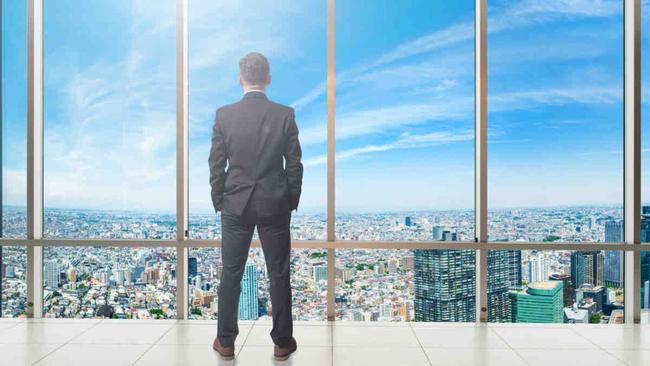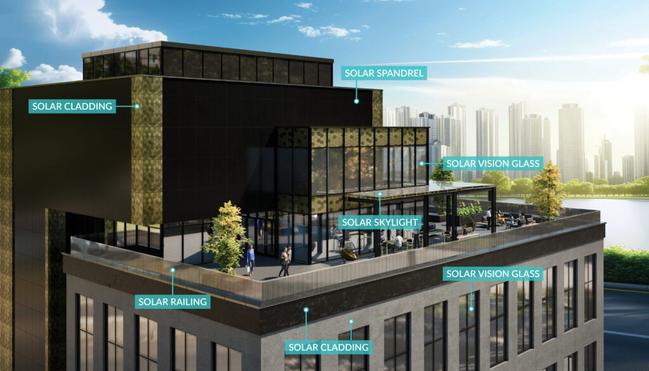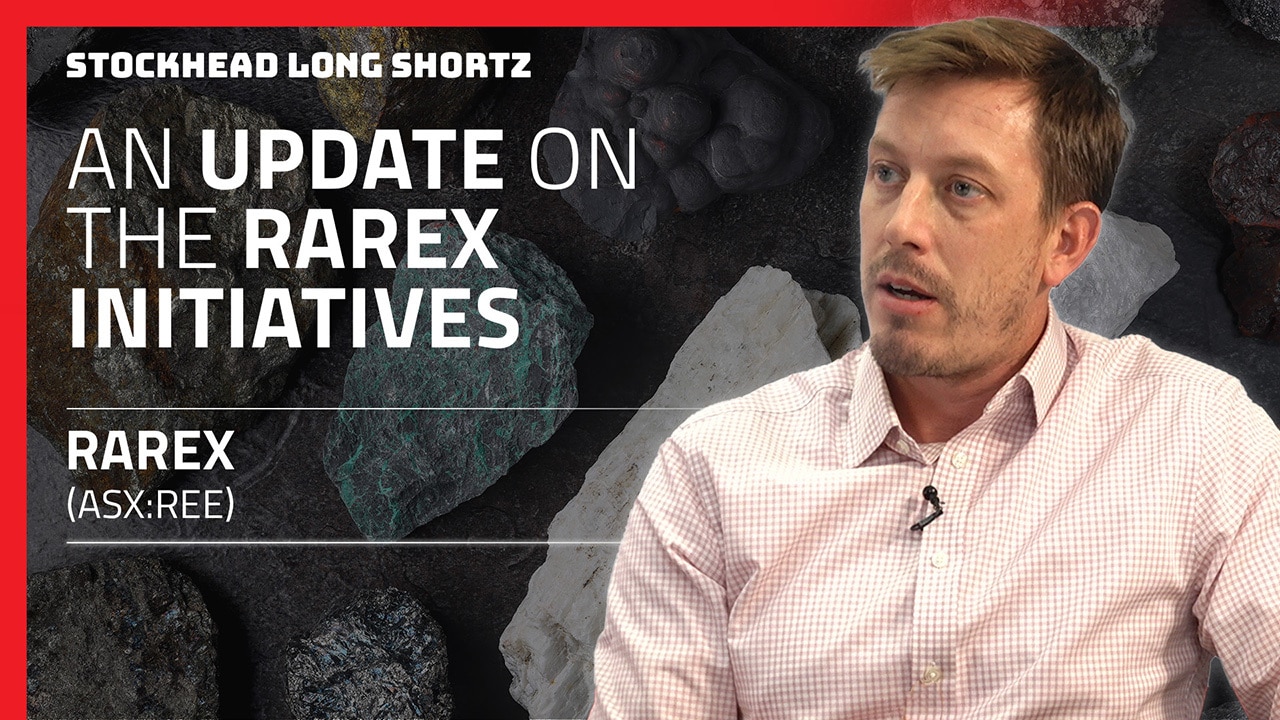Could ClearVue’s solar glass tech have spared Spain some pain?
ClearVue’s solar glass turns buildings into energy hubs, cutting costs, easing grid strain and paving the way for potentially greener cities.

Stockhead
Don't miss out on the headlines from Stockhead. Followed categories will be added to My News.
Special Report: ClearVue’s solar glass window tech transforms buildings into energy generators, cutting costs, reducing grid strain and paving the way for potentially more sustainable cities.
- Spain's blackout exposes grid's growing pains
- ClearVue windows turn buildings into power generators
- Fast payback period, as well as low-cost benefit
When the lights went out across Spain and Portugal last week – in the worst blackout the region’s seen in decades – it wasn’t just Netflix movies that froze.
Airports stalled. Trains stopped mid-track. Data centres blinked. The Iberian grid had a full-blown meltdown, and no one’s entirely sure yet what tripped the switch.
What is clear, though, is that Europe’s ageing electricity grids are groaning under the weight of their own green ambition.
Spain is now a renewable energy powerhouse – 56% of its electricity came from wind, solar and other renewables last year.
But you can’t just pump that much energy into a creaky old grid built for the fossil fuel era and expect everything to hum along nicely.
Yes, more renewables are great, but if the grid can’t keep up, the whole system will wobble.
Fixing the grid is, of course, part of the answer, but so is finding smarter ways to generate energy, closer to where it’s needed.
The industry could well need a technology that can slot into the built environment itself; something like what ASX-listed ClearVue Technologies (ASX:CPV) offers.
Earle Harper, chief commercial officer at ClearVue, explained that when you're producing so much renewable energy, trying to pump it down a very, very small hole (that hole being the very old energy grid), you're going to have accidents.
“But ClearVue provides the opportunity to create distributed energy systems - microgrids - literally on a building-by-building basis,” he added.
“You're essentially taking the need away to create one massive grid, and instead localising it within specific buildings, regions of a city or town – significantly increasing energy supply resilience.”
Power from a window
ClearVue has developed solar-integrated glazing technology that turns ordinary-looking windows and façade cladding on buildings into energy-generating surfaces.
No panels stuck on roofs, no ugly-looking gear in the way of views. Just clean energy harvested from the glass itself.
Its windows work using a clever interlayer between the glass sheets that redirects invisible UV and infrared light to the edges of the windows.
That light gets soaked up by solar cells discreetly embedded in the window frame area, where electricity is then harvested.
All this while still letting up to 70% of visible light through. To the average office worker, it just looks just like an ordinary window.
“We can, in effect, turn the whole building envelope – the skin of the building – into a solar array, allowing a clear path for a building to be a net zero energy building,” said Harper.

But these windows don’t just generate electricity, they help buildings use less of it.
By blocking heat before it even enters the building, ClearVue glass cuts down the need for things like air-con, one of the biggest energy guzzlers in most buildings.
“So, saving electricity, which is what our windows do, and then creating electricity, is almost utopia in terms of a building’s energy ratings.”
That one-two punch – generation plus conservation – gives ClearVue a rare edge in a space often dominated by single-function solutions.
Most clean tech does one or the other, but ClearVue pulls off both, slotting right into the buildings we’re already building and living in every day.
It's the kind of tech that could have eased Spain's blackout woes.
“By deploying our technology across the already built infrastructure, you're removing the pressure on the grid to distribute energy very quickly when there's a spike.”
As a result, the company is attracting attention not just from developers, but from ESG investors, government-backed green programs and even agri-farmers looking for off-grid power for their greenhouses.
Turning buildings into money-saving machines
ClearVue also makes solar panels for cladding and spandrel, those solid sections between a building’s floors.
This effectively turns the whole exterior of a building into a solar sponge.
“Wherever you see an exposed surface, on an asset, it’s not a bridge too far to say you could actually put our product on there,” said Harper.
And the result stacks up. In Singapore’s sticky climate, for instance, the country’s Building and Construction Authority found that ClearVue’s glazing slashed cooling loads by more than 20%.
“In an industry where a 1% or 2% improvement in efficiency has a material impact on the return profile of a building, this is a material outcome.”
And here’s probably the best bit: All that clean energy and cooling efficiency tech only adds about 2% to the overall building cost.
In cities like Sydney and London, ClearVue said the payback period is only around six years. Melbourne's not far behind at seven.
Not here to replace the grid
Buildings are indeed the carbon monsters of the modern world, pumping out a hefty 27% of global CO2 emissions every year.
And with 92% of the world’s governments now locked into net zero targets, something’s got to give.
This is where a technology like ClearVue’s could flip the whole script.
To be clear, ClearVue isn’t pitching its glass as a silver bullet that makes grids obsolete. “This is not a replacement for the grid,” Harper emphasised.
“We’ve always said that ClearVue will only be part of a portfolio of solutions to address or provide a mechanism to reach net zero energy generation.”
And that’s the point, cities aren’t going off-grid anytime soon.
But if every second building chipped in, we might stop the grid from frying by turning the built environment from a passive energy consumer into an active generator.
“The built environment represents circa 28% of the carbon footprint of the world.
“If you can mitigate that through incorporating solar into a solar array around the building envelope, you're taking a huge step.”
What could investors expect next?
ClearVue recently raised $7.5 million and is now eyeing growth across the US, Europe and Asia.
The company licenses its tech to big glass manufacturers who already know how to scale.
“We are a technology company. We don't manufacture windows,” Harper said, adding that it’s allowed the company to stay nimble and scale quickly.
So, what does success for ClearVue look like in the next 12 months?
“Well, the realisation of our internal sales pipeline,” said Harper. “Where this business provides our shareholders leverage to the market is our licensee business model.”
And he’s not one to overpromise.
“We are offering a potential solution to a very big problem in the world.” “Everything takes longer than anticipated in the commercialisation process, and the construction business cycle is slow, but we are pretty confident as a business now that we're going to be realising our efforts in the not-too-distant future.”
This article was developed in collaboration with ClearVue Technologies, a Stockhead advertiser at the time of publishing.
This article does not constitute financial product advice. You should consider obtaining independent advice before making any financial decisions.
Originally published as Could ClearVue’s solar glass tech have spared Spain some pain?


